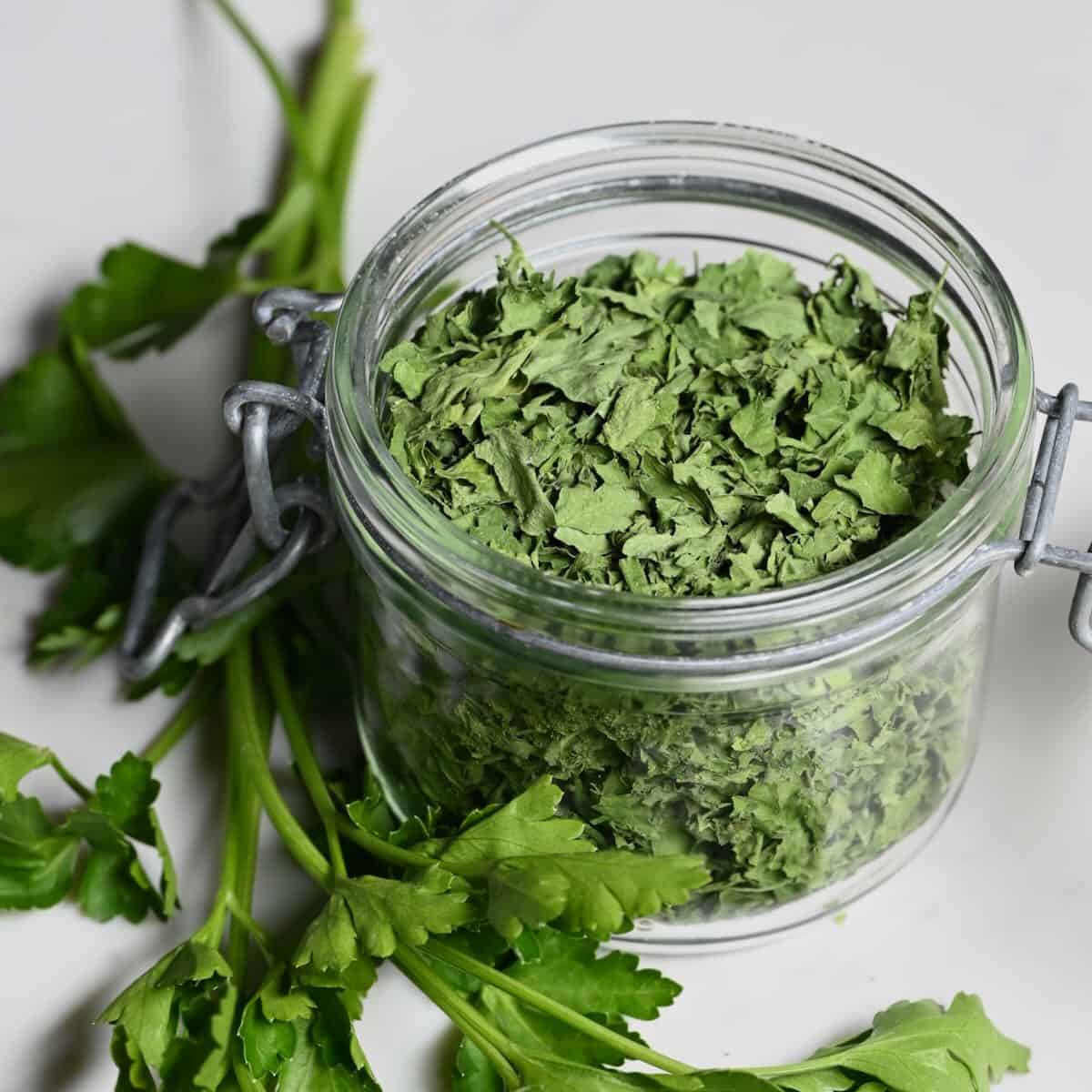Introduction
Drying parsley from your garden is a fantastic way to preserve its fresh flavor and extend its shelf life. Whether you grow parsley for culinary uses or herbal remedies, drying it properly ensures you retain its aroma and nutrients. In this article, you’ll learn expert techniques for drying parsley, tips to maintain its quality, and practical uses for dried parsley in your kitchen.
Drying parsley is an easy, cost-effective method to enjoy your garden harvest year-round. We’ll cover common drying methods, storage advice, and ways to incorporate dried parsley into your meals, ensuring you get the most out of your garden bounty.
Why Dry Parsley from Your Garden?
Fresh parsley is perishable and can wilt quickly after harvesting. Drying parsley:
- Preserves flavor and nutrients for months.
- Reduces waste by extending usability.
- Provides convenience for cooking and seasoning.
Moreover, home-dried parsley is free from additives and retains a superior aroma compared to store-bought dried herbs. This makes it a trusted choice for health-conscious gardeners and cooking enthusiasts alike.
Best Methods to Dry Parsley
Air Drying
Air drying is the most traditional and gentle method:
- Harvest fresh parsley stems in the morning after dew evaporates.
- Rinse gently and pat dry.
- Tie stems into small bundles using string or rubber bands.
- Hang bundles upside down in a warm, dry, well-ventilated area away from direct sunlight.
- Allow parsley to dry for 1-2 weeks until leaves crumble easily.
This method is energy-efficient and preserves essential oils well but requires patience.
Oven Drying
For faster results:
- Preheat your oven to the lowest temperature (around 100°F or 38°C).
- Spread washed and dried parsley leaves on a baking sheet in a single layer.
- Place the sheet in the oven with the door slightly ajar for air circulation.
- Check every 15 minutes; parsley should dry within 1-2 hours.
Oven drying speeds up the process but requires careful attention to avoid burning and loss of flavor.
Using a Dehydrator
A food dehydrator offers precise control:
- Set temperature to 95-115°F (35-46°C).
- Arrange parsley leaves evenly on trays.
- Dry for 1-4 hours depending on the machine and humidity.
Dehydrators preserve color and flavor efficiently and are ideal for frequent herb drying.
Storing Dried Parsley for Maximum Freshness
Proper storage is crucial to maintain dried parsley’s flavor:
- Store in an airtight container, like a glass jar with a tight lid.
- Keep containers in a cool, dark place away from heat and moisture.
- Label containers with the drying date.
Properly dried and stored parsley can last 6-12 months while maintaining good flavor. Avoid storing in plastic bags or near the stove, as heat and moisture degrade herbs quickly.
Culinary and Practical Uses of Dried Parsley
Dried parsley is versatile in cooking and beyond:
- Enhance soups, stews, and sauces with a mild, fresh herb flavor.
- Sprinkle on roasted vegetables or grilled meats as a garnish.
- Use in homemade spice blends or marinades.
- Incorporate into herbal teas for mild detox benefits.
Remember that dried parsley has a more concentrated flavor than fresh, so use about one-third the amount called for in recipes.
Expert Tips for Drying Parsley Successfully
- Harvest parsley before it flowers for the best taste.
- Avoid drying parsley on wet or humid days to prevent mold.
- Remove leaves from stems after drying for easier storage.
- Crush dried leaves gently just before use to release aroma.
These small practices enhance your drying results and ensure top-quality dried parsley.
Conclusion
Drying parsley from your garden is an excellent way to preserve its fresh taste and nutritional benefits. By choosing the right drying method and storing your herbs properly, you can enjoy the vibrant flavor of garden parsley throughout the year. Whether you prefer air drying for its simplicity or a dehydrator for speed, the key is to dry thoroughly and store in airtight conditions.
Start drying your garden parsley today and transform your cooking with homegrown, naturally preserved herbs. This simple practice not only reduces waste but also brings the authentic taste of your garden to your table anytime you desire.
